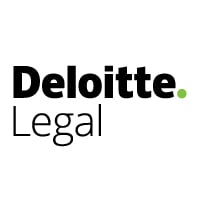

Director legal counsel | TAPI



Giulia Ferrarotti
Director legal counsel | TAPI
How do you approach managing legal aspects during periods of instability or crises, and how does your legal strategy align with the broader business strategy to ensure the organisation’s resilience?
In times of instability or crisis, my approach to managing legal aspects is centred on proactive risk management, agility, and close alignment with the broader business strategy. The goal is to ensure that legal considerations support—not hinder—the organisation’s ability to respond quickly and effectively. The first step is always early identification of legal risks. This involves close monitoring of regulatory developments, geopolitical shifts, and operational vulnerabilities. I work cross-functionally to ensure that legal insights are integrated into business continuity planning and decision-making processes from the outset.
During crises, clarity and speed are essential. I prioritise clear, concise communication with internal stakeholders, ensuring that legal guidance is practical and aligned with business objectives. Whether it’s navigating supply chain disruptions, regulatory changes, or contractual disputes, I focus on delivering solutions that are both legally sound and commercially viable.
My legal strategy is designed to be flexible and resilient. This includes reinforcing contractual protections, stress-testing compliance frameworks, and supporting crisis management teams with real-time legal input. I also ensure that external counsel and key partners are aligned and ready to act when needed.
What are the major cases or transactions you have been involved in recently?
In my previous position, one of the most significant transactions I’ve been involved in recently was related to Givinostat, a promising investigational drug developed for rare and orphan diseases. My role focused on managing the complex legal and regulatory landscape surrounding its development and commercialisation. This included negotiating and drafting key agreements with external partners, ensuring compliance with EU pharmaceutical regulations, and supporting cross-functional teams through critical milestones such as clinical trial phases and regulatory submissions.
Given the strategic importance of Givinostat, the work required close coordination with R&D, regulatory affairs, and senior leadership to align legal strategy with broader business objectives. The project was particularly challenging due to the evolving regulatory environment and the need to navigate multiple jurisdictions. However, it was also incredibly rewarding, as it underscored the impact that legal counsel can have in accelerating innovation and bringing life-changing therapies to patients.
What emerging technologies do you see as having the most significant impact on the legal profession in the near future, and how do you stay updated on these developments?
Tools powered by generative AI are increasingly used for drafting contracts, summarising case law, and automating routine legal tasks. While individual lawyers are adopting these tools rapidly, firm-wide adoption remains cautious due to ethical and accuracy concerns. However, as trust and regulatory clarity improve, broader integration is expected.
The legal sector continues to embrace cloud-based platforms, enabling secure remote work, document sharing, and cross-border collaboration. This is especially relevant for global legal teams and firms expanding their international reach.
As digital transformation accelerates, so does the need for robust cybersecurity and compliance tools. Legal teams are investing in technologies that ensure data protection and regulatory adherence, especially in sensitive sectors like healthcare.
In your opinion, what are the main trends that are salient in your country currently (these can be legal, political, economic or business-based)?
Italy is experiencing a period of regulatory continuity with growing pressure for reform, particularly in areas such as labour law and immigration. A recent national referendum addressed key issues including citizenship rights for non-EU nationals and labour market flexibility, reflecting a broader societal debate on inclusion and economic modernisation.
The political landscape remains polarised, with ongoing tensions between calls for national unity and rising populist sentiments. According to the Eurispes 2025 Report, Italy is at a crossroads of transformation, facing challenges that question long-standing ethical, cultural, and institutional values. There is a strong push for what is termed “essential thinking”—a return to long-term, value-driven policymaking in response to both domestic and international instability.
Italy’s economy is showing modest growth, primarily driven by domestic demand, while foreign trade remains a drag due to global uncertainties and trade tensions. Investment is recovering, particularly in the first half of 2025, supported by the final phases of the National Recovery and Resilience Plan (NRRP). The business climate is marked by cautious optimism. Companies are adapting to a more digitally integrated and sustainability-focused economy. Regulatory frameworks are evolving slowly, but there is increasing demand for legal clarity and predictability, especially in sectors like energy, pharmaceuticals, and tech. Businesses are also navigating geopolitical risks and supply chain vulnerabilities, prompting a shift towards resilience and strategic autonomy.